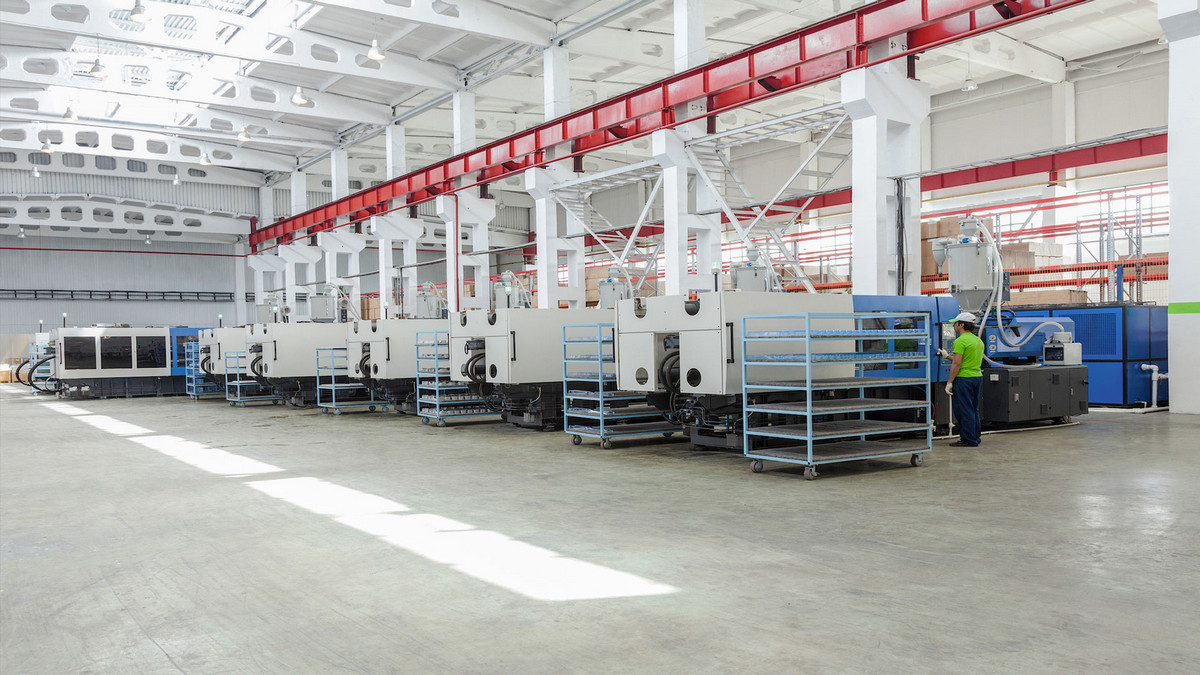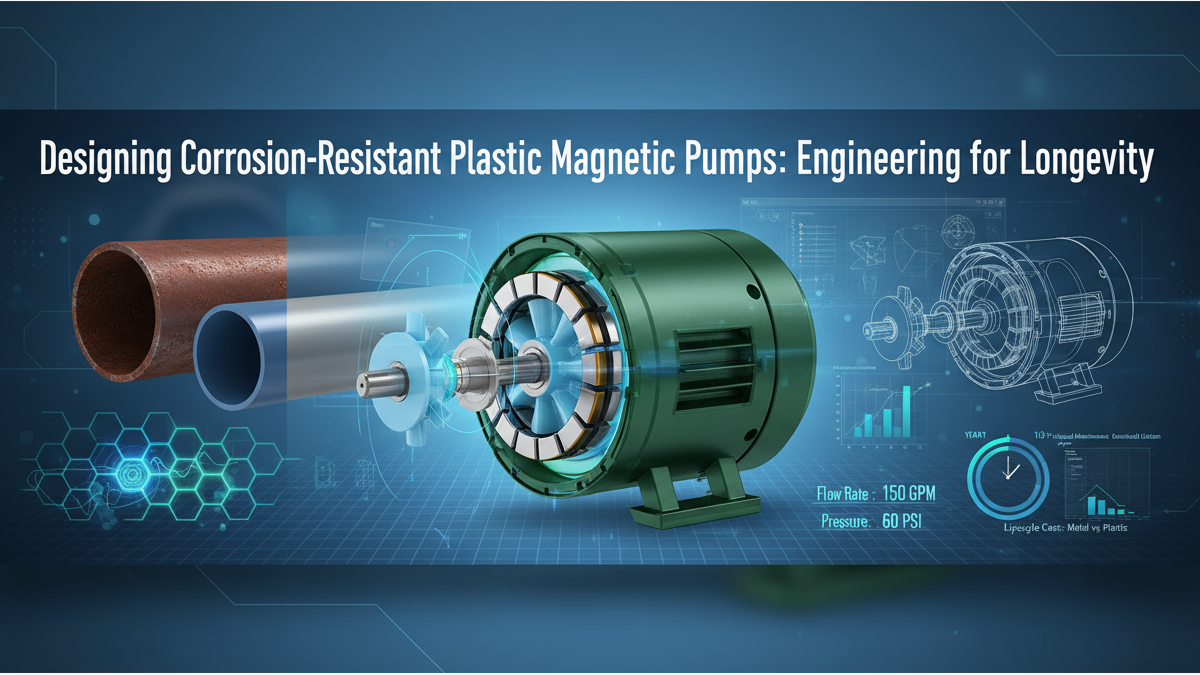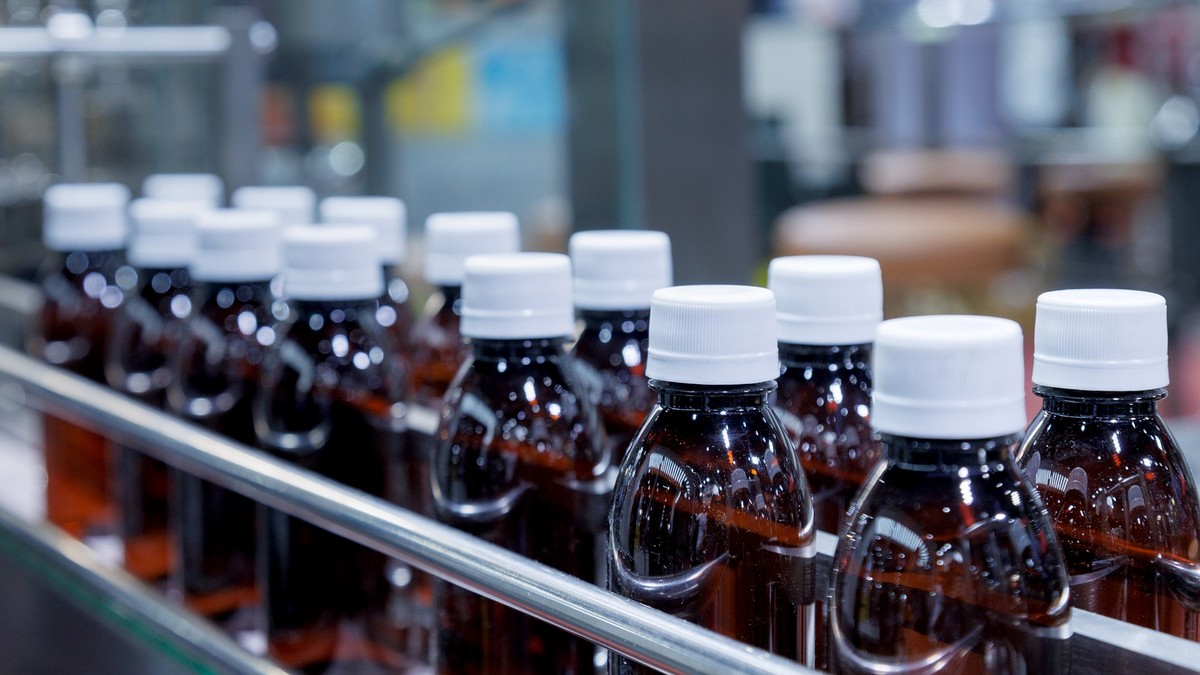Each production facility has its maximum theoretical capacity, which must be achieved without any disturbance and quality loss. Of course, it is impossible to achieve completely zero loss or error in actual production. OEE is an independent measurement tool used to express the ratio of actual production capacity relative to theoretical capacity, grouped by key elements of availability, performance, and quality index.
What is Overall Equipment Effectiveness (OEE)?
Overall Equipment Effectiveness (OEE) is an index that measures the efficient operation of a production facility. The results of its calculations are universal and can even be compared across industries. Overall equipment efficiency can be used as a key performance indicator and an efficiency indicator for lean production.
Evaluation indicators of Overall Equipment Effectiveness (OEE):
The overall equipment efficiency has two important indicators and five secondary indicators.
- Two Important Indicators:
OEE and TEEP are closely related and can also represent the difference between actual efficiency and ideal efficiency.
- Overall Equipment Effectiveness (OEE): Refers to the comparison of the actual performance of a manufacturing unit with the design capability within the planned operating time.
- Total Effective Equipment Performance (TEEP): This usually refers to the OEE measured at calendar time (eg, 24 hours a day, 365 days a year).
- Five Secondary Indicators:
In addition to the above OEE and TEEP, to understand the relationship between the two, there are five basic indicators.
- Maximum operating time: It represents the time that the facility can operate within a certain period. If the equipment itself can be completely used in the factory, it is the calendar time.
- Planned Loading Time: It is a part of the TEEP indicator. It is the expected operating time of the equipment. It is the maximum operating time minus the downtime. The downtime is the planned rest time, such as vacation, education, training, maintenance, etc.
- Availability/Uptime: It is a part of the OEE indicator, which is the percentage of time that the equipment is running. We define that the uptime is equal to the load time minus the downtime, then the uptime = (uptime/load time) *100%, for example, Suppose the operating time is six hours and the load time is ten hours, then the operating rate= (6/10) *100%=60%.
- Performance: It is a part of the OEE index, which is the ratio of the actual production speed to the design production speed.
- Quality: Also known as First Pass Yield (FPY), it is a part of the OEE indicator and is the ratio of the number of valid good products to the number of actual productions.
Improve the Efficiency of Employees and Machinery with OEE Equipment Efficiency Evaluation:
Overall Equipment Effectiveness (OEE) is commonly known as equipment efficiency evaluation. In addition, the lean production method, to pursue the efficiency of equipment, is also used in key performance indicators (KPI). The indicators for improving the efficiency of production equipment are calculated from the three elements of utilization rate, performance, and quality. By comparing the ideal 100% efficiency with the actual equipment efficiency, and identifying the source, type, and problem of waste at the manufacturing site, a cycle of improvement aimed at improving equipment efficiency can be effectively carried out. Although indicators for optimizing productivity are common in various industries, the low-rank indicators that makeup OEE include utilization rate and performance. Since the judgment criteria of each company and factory are different when this indicator is introduced, many problems can arise.
OEE Equipment Efficiency Evaluation and Definition of Efficiency and Energy Rate:
OEE is used in TPM (Total Productive Maintenance) activities to grasp various wastes in equipment, including failures caused by equipment stoppage, process adjustment, tool exchange, restarting, slowdown due to performance, pauses caused by sudden failures, Defects due to quality and correction of these seven waste conditions, and statistics of actual utilization rate, performance utilization rate, and yield rate.
OEE is composed of equipment utilization rate, production performance, and quality, and is an important indicator for evaluating equipment production efficiency. The purpose of OEE is to clearly distinguish various wastes and take corresponding countermeasures. The actual utilization rate is used to grasp the waste of equipment stoppage, the performance utilization rate is used to grasp the waste of equipment performance and use, and the yield rate is to grasp the occurrence of bad waste. By distinguishing the above three indicators, the attribution of responsibility and countermeasures for waste can be identified.
Although the load time of the denominator of the actual utilization rate sometimes needs to consider the operation time of the factory equipment, it includes the stop time when there is no work, and the operation plan time is calculated as a relative workload. The numerator is the actual uptime minus the downtime from the planned time to find the wasted equipment downtime.
The performance utilization rate is the ratio of the equipment's operating time to the standard time of the actual production quantity. It can find out the waste of problems caused by not following the standard cycle period, and can also calculate the ratio of the actual quantity to the theoretical quantity. In addition to the number of yields, yields can be calculated as the ratio of the actual production time to the production time of defective products and the production time of good products excluding correction time.
OEE is used to evaluate the operation of equipment in large and medium production and make improvements and is not suitable for various production methods. Companies that have introduced OEE now start counting the actual utilization rate and performance utilization rate. The actual utilization rate is based on the duty time compared to the actual operation time, and the performance utilization rate is based on the actual working time compared with the standard working time. These ratios are called efficiency and energy ratios, and these two indicators are counted at the same time.
How to Use the OEE Equipment Efficiency Evaluation of Personnel and Machinery?
When OEE is currently implemented, it is carried out by two departments: component processing and product assembly. OEE was aimed at mechanical equipment, but the processing department is operated by a single person to operate multiple equipment or multi-functional work, and will also be unmanned. Therefore, people and machines are not regarded as one, but the OEE is calculated separately.
In the assembly department, assembly equipment is rarely used, and most of the production is carried out by people. Therefore, the OEE of assembly is based on the work time of the operator to calculate the efficiency (actual utilization rate). Since the production quantity is also the number of units produced per month The value, cannot be compared quantitatively, but the energy rate (performance utilization rate) is calculated as the ratio of the standard time of the assembly operation to the actual operation time. TPM aims to improve the efficiency of personnel and equipment and grasps the factors that hinder the waste of personnel and equipment. Reducing this waste and carrying out improvement activities to prevent it from being generated are the most basic priorities.
In one of the companies, the OEE of each is calculated with the aim of improving the efficiency of personnel and machinery in the processing and assembly departments. The processing department will distinguish between personnel and machinery, and the assembly department will calculate different OEE values based on various characteristics and site conditions according to different products. The various efficiencies and energy rates are not the same, and at the same time, the hidden waste in the past can be found. However, various wastes cannot be classified into different categories, so it is necessary to grasp the details such as the waste of stoppage and the waste of a performance. This is not just to count the actual performance of each stage, but to collect all the wasteful content, and define and unify the various wasteful content. List all possible waste items, make a key factor map, and categorize and number these wastes. To find wasted items, a work sampling on-site tour is effective.
The actual performance time and waste items are collected using the past work logs. The operators record the actual work time, waste items, and time in the work log every day, and input these data into the ERP. The accuracy of the data can greatly depend on the perception of the operator. In addition, since the counting time is in units of 30 minutes, it is difficult to count the specific waste content and correct work waste time.
The Cooperation Between IoT and OEE Equipment Efficiency Evaluation:
When the processing and assembly department begins to introduce IoT, the above-mentioned method can be used to calculate the correct OEE. The SMB (SMart Box) has been introduced into the processing department to collect data on the operating status of each machine. Before the introduction, the managers of the machining department had to walk around the factory and record the actual performance data of the CNC control device. Now with SMB and Wi-Fi, the right data can be collected.
When processing and assembling workers collect operational performance data, they usually use logbooks, and many problems arise when comparing them with actual machine performance. You can use a smartphone or tablet to instruct work and collect results. However, there are more important considerations before using IoT tools. SMB collects operation status data in seconds or less, but general work logs record time data in minutes. In addition, according to the different perceptions of each operator, the results recorded in the work log will be different.
To find a solution, some companies fill in the work log based on the time and use the timetable-like recording paper to record the start and end time from the waste of work change and stop. Compared with the past method, although it is inconvenient to record the actual performance and statistics time, it can improve the accuracy of the data. In the processing department, more accurate data can be produced by combining the operating data of the machine with the data of the operating time of the personnel. In the assembly department, try to create time-based work logs and records of waste projects, which can change the perception of operators, and the effect of introducing IoT tools will be better.
OEE can not only improve the production efficiency of equipment but also effectively improve the efficiency and energy efficiency of all production site personnel and machinery. Among the companies that are introducing OEE, the two departments of processing and assembly are trial-calculated. Although the understanding of the personnel in the company can be improved, it has not yet been able to grasp and improve the specific waste. With the changes in the content and usage of the work log, the introduction of SMB, and the coordination of ERP, it is believed that the OEE level of IoT will be further improved in the future.










.png)



